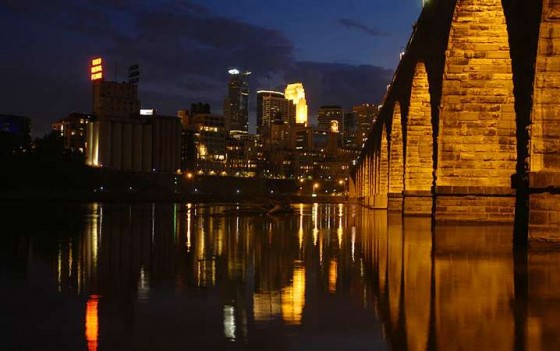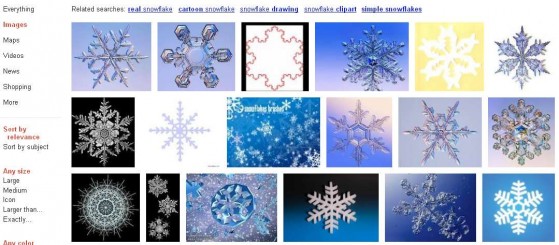Incorporating images into your site can be very beneficial to your SEO efforts — and of course they make your site more attractive, which enhances your site’s usability. But attractiveness aside, images can benefit your site’s SEO efforts in two primary ways: via the image alt text ranking factors, and through the possibility of linkbait.
Images and Alt Text and SEO
We all know that search engines can’t really see images (well, Google kinda can nowadays) — they have no idea if an image is of a puppy or a taco, so the alt text is how you communicate this to the search engines.
The image alt text does factor into Google’s algorithm on ranking your site. In SEO Moz’s correlation research they found a substantial correlation between having an image with alt text and positive rankings — implying that just having an image at all may give your site a boost. This makes sense from a spam-fighting point of view, since most spam auto-generated sites are just blocks of undecipherable text and no images at all.
So the presence of an image with appropriate alt text is apt to boost your rankings, or at least help you to look more like a legitimate site and not a spam site to Google.
Tip: Remember to keep your image alt tag description short and to the point. You should be describing your image, not your page. At the same time, you do want to use keywords that are related to the searches that you want to rank for.
Images as SEO Linkbait
A lot of people conduct image searches on Google looking for images to reuse. Some people will even specifically filter the results to only get images labeled by the creator for reuse — but most will be happy to steal any image they can find in the image search result.
But a lot of them won’t actually download the image and reupload it — they will instead just link directly to your image when they embed the image into their site. That counts as a kind of backlink to your site. The technique of including images as potential linkbait is particularly useful for blogs, where you can cover a wider ground of images and talk about them more casually.
Ideally you would include a caption below your image giving permission to reuse the images as long as they link back to you. That text might look something like this:
“Image free to reuse with attribution to //www.ecreativeim.com/”
This helps people finding your image to know that they can reuse it, and encourages them to link to you with a text link rather than just the image link. Most people won’t — even though it’s still copyright infringement — but that’s fine. Some of them will, in which case you’re getting the text link in addition to the image link, which is a great bonus for your SEO efforts.
Of course you can only grant permission to reuse with attribution for images that you actually own. But even if you don’t have any images, you can just conduct a Google image search and go into the advanced section to find images labeled for reuse and use those on your post. You won’t be able to tell people to link to you if they want to reuse it, but you can use the image yourself on an optimized page and have your version show up in the image search results (just be sure to actually download and upload the image to your own server — your goal is to collect links here, not give them away).
Ranking Images
Ranking images in Google’s image search is not really any different from ranking pages. The image file name should be saved as appropriate keyword for the search you want it to rank under. Then make sure the image title and alt text are similar (but not all identical).
Then you need to put the image in a page that is optimized for the same keywords you want the image optimized for. So a picture of a snowflake is far more likely to rank well in Google’s image search if it’s on a page about snowflakes that’s optimized for snowflake-related keywords.
For the most part you don’t need to spend a whole lot of brainspan on ranking images for backlink attractants — instead just make sure that you include a relevant image on your pages, and for blog posts include the right to reuse note (assuming that you own the image).
As long as the image is related to the topic of your page and includes appropriate alt text, it has decent chances of ranking, depending on the rest of the ranking factors of the page it’s sitting on. Most of the images won’t attract much attention, but every now you’ll see tons of traffic to one of them, which is a fair indication that it’ll start driving some nice organic backlinks soon.








